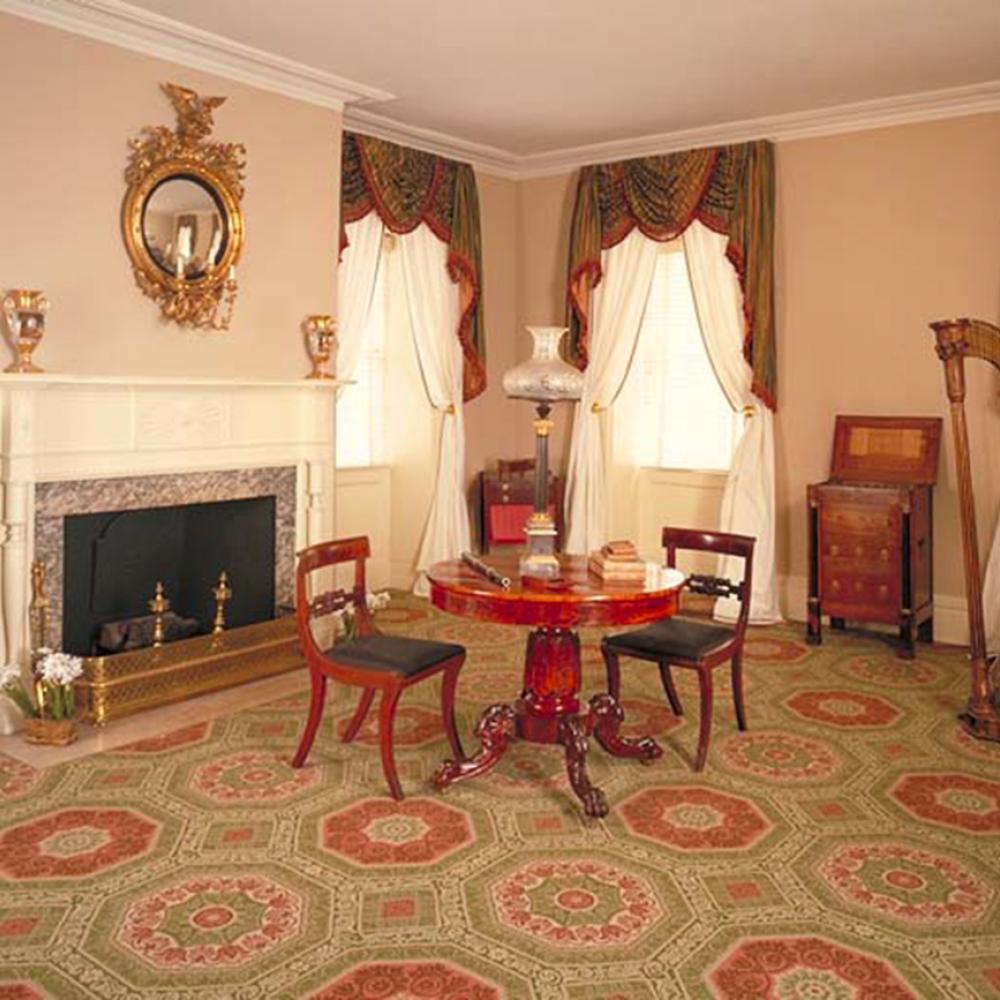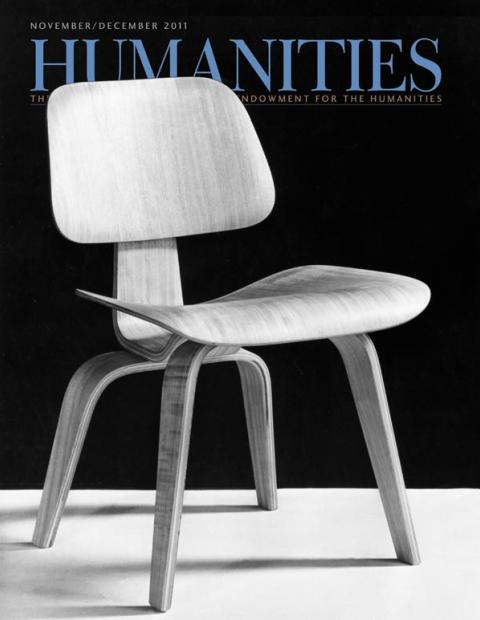Feasting on turtle soup for lunch and playing cards in a breezy tavern were two of the ways harried New Yorkers in the 1820s escaped the hub-bub and heat of Manhattan without actually leaving the island. When the carriage house that was built in 1799 by Col. William Stephens Smith and Abigail Adams Smith, daughter of President John Adams, became a hotel several decades later, Upper Manhattan was still country, and still cool. Scotsman James Stuart, writing in his diary about the hotel in 1829, noted as much, observing that it was “a good house in an airy situation . . . placed upon the top of the bank, about fifty feet above the river; and the view of the river and of the gay sailing craft constantly passing, and tossed about by the eddies in every direction is very interesting.” He goes on to remark on the relative safety of the environs: “Near as we are to New York, and within 300 yards of the high road, there is neither a shutter nor a bar to a window in the house. Clothes are laid out to bleach all night without the slightest fear of their being carried off.”
Unlikely as that seems to us today, this next observation seems more in line with New Yorkers we’re familiar with: “They drive and ride very fast, and the number of carriages of all descriptions, on the various outlets of the city, especially towards the beautiful parts of the island, is such as I never saw but in London or its immediate vicinity. They seldom or never think of driving out a few miles without stopping to smoke a cigar, and having a small tumbler of spirits and water or some such mixture.” Stuart “pitched his tent” at the hotel for several months during his three-year journey in North America; today’s Manhattanites discovering this gem within their midst may wish they could stay as long. The Mount Vernon Hotel Museum & Garden, formerly the Abigail Adams Smith House, on East 61st Street, has received NEH grants for its period-room exhibitions.


